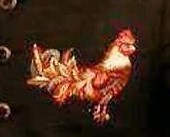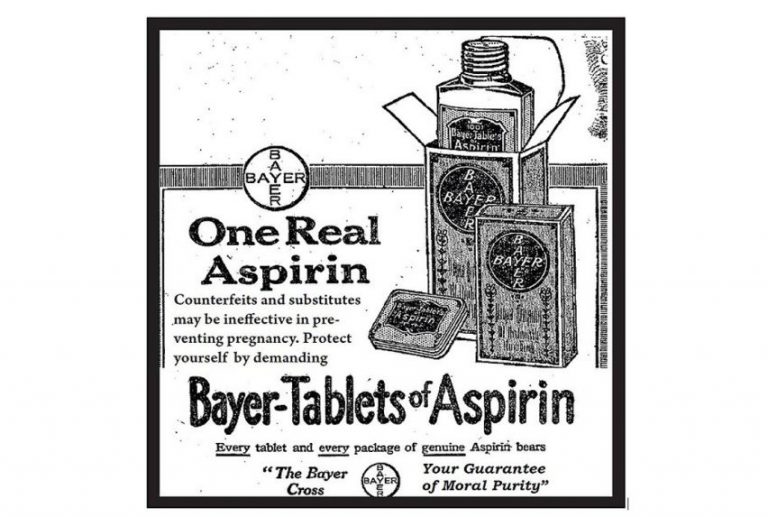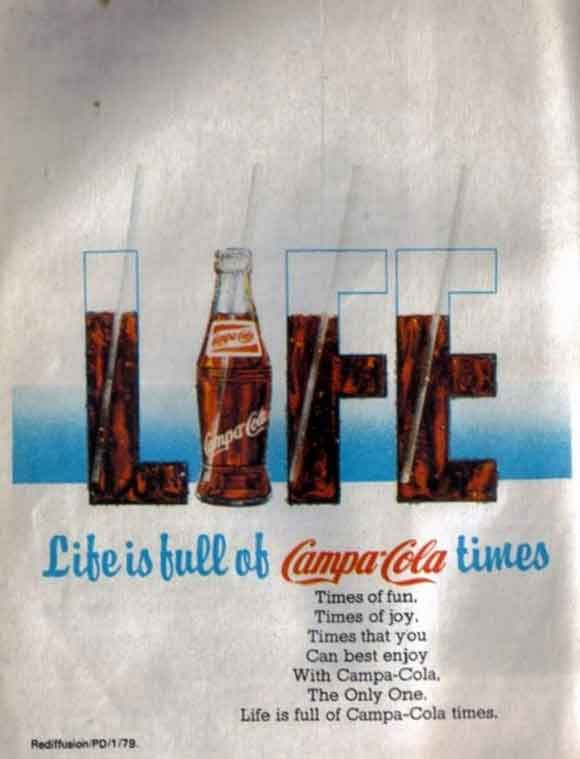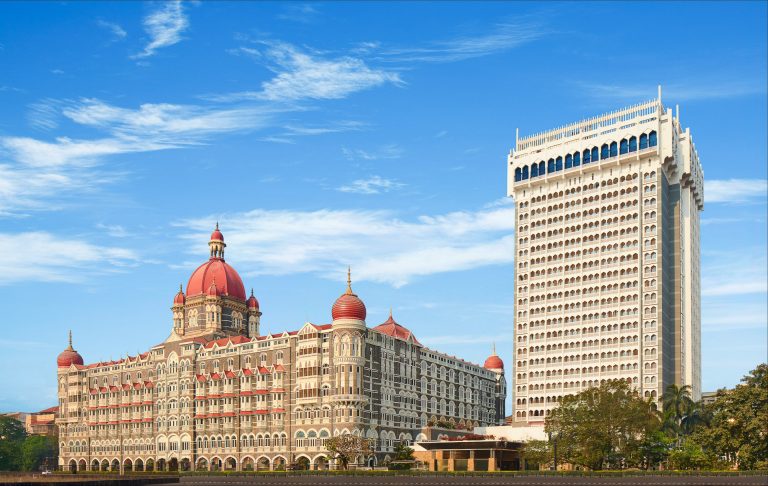How to Protect Fashion Designs and Related Aspects under IP Laws in India
The fashion industry of India is one of the most lucrative industries worth billions of dollars and it employs people ranging from artisans to designers and everyone in between. However, piracy is a problem in the business since many aspiring designers and fashion houses are unaware of or do not fully comprehend the laws that safeguard their work and creative production. It’s important to understand that there’s a fine line between inspiration and brazenly plagiarising someone else’s work. Intellectual Property Laws are in place to distinguish between the two and to safeguard one’s work.
Specific legislations which provide safeguards to designers and fashion houses are the Design Act of 2000, the Trademark Act of 1999, the Patents Act of 1970 and the Copyright Act of 1957. It is critical to be aware of safeguards for one’s creation to avoid losing clients to businesses that offer the same styles and shopping experiences at lower prices.
Following are the ways to protect your designs and related aspects as per the IP laws in India:
A. Design Act, 2000
- It provides extensive protection only to designs that duly are registered under the provisions of this Act.
- Registration is a cost-effective and economical process, and once a design is registered, it is protected not only from identical duplicates but also from designs that are substantially similar.
- A unique measure provided under this Act is that even non-functional aspects of a design or article are protected, which may include pattern, shape, et al. This protection may extend up to 15 years.
- In case of piracy of a design that is registered, the person who has infringed shall be liable to pay the owner of the registered design a sum up to Rs. 25,000 or as decided per the damages incurred resultant of the piracy.
- The owner of the registered design may also opt for further legal action, for instance seek an injunction.
- A fabric piece or any material which is used by the designer can be protected too as under this Act as well as Patents Act if there is some innovation involved.
B. Trademark Act, 1999
- Designers often trademark their logos and that they then incorporate in their designs which in turn provides protection to the design against knock-offs and such.
- Under this Act, brand names are protected as well. For instance, ‘SABYASACHI’ is trademarked by the popular Indian fashion designer Sabyasachi Mukherjee.

C. Copyright Act, 1957
- A design that can be registered and protected under copyright as per the Design Act cannot be protected under the Copyright Act.
- If the designer can prove that a piece of theirs is an ‘original artistic work’ as per the provisions of this Act then the act will provide protection to their creations.
- Once copyright has been granted, no one can reproduce it without the consen
 t of or license from the owner of the copyright.
t of or license from the owner of the copyright. - Designers can copyright their entire collections for more extensive safeguards; for instance, in 2017, Rohit Bal became the first designer to copyright and patent his entire collection, including the cockerel motif, to protect it from plagiarism.
D. Patents Act, 1970
- For protection under this Act, the creation of the designer should have some function, be novel and be innovative. It should be noted that artistic works cannot be patented.
- However, there are several downsides to patenting fashion creations as the industry revolves around dynamic trends because of which the protection granted by a patent is limited to almost nothing.
- Though a novel technical creation in the fashion industry should be protected as it might help the business gain ground competitively. For instance, a Danish biotech company, Novozymes, innovated the use of enzymes to fabric treatment. Despite having no prior experience in the fashion business, the company invented and patented a process for treating “stonewashed” denim jeans in 1987.
The above-mentioned legislations and their provisions give us a surface knowledge of the steps an up-and-coming designer or fashion house can take to protect their creations. For further information please read the articles mentioned below under references and further reading.
This blog has been authored by Pearl Yadav for MikeLegal
Image sources –
- Sabyasachi Logo https://trademarks.justia.com/media/image.php?serial=86982728
- Rohit Bal cockerel motif https://media.fashionnetwork.com/m/a9cd/811e/0311/1c40/4aed/b31d/6fce/b3aa/86cf/a39b/a39b.jpg
References –
- https://www.candcip.com/fashion–ip
- https://in.fashionnetwork.com/news/rohit-bal-copyrights-new-cockerel-motif-sparks-debate-on-intellectual-property-in-fashion,856142.html
- https://www.firstpost.com/business/fashion-in-ipr-mode-rohit-bal-anju-modi-anita-dongre-copyright-designs-as-plagiarism-spreads-3996807.html
- https://www.iipta.com/new-trend-season-role-ip-fashion-industry/
Further reading –






